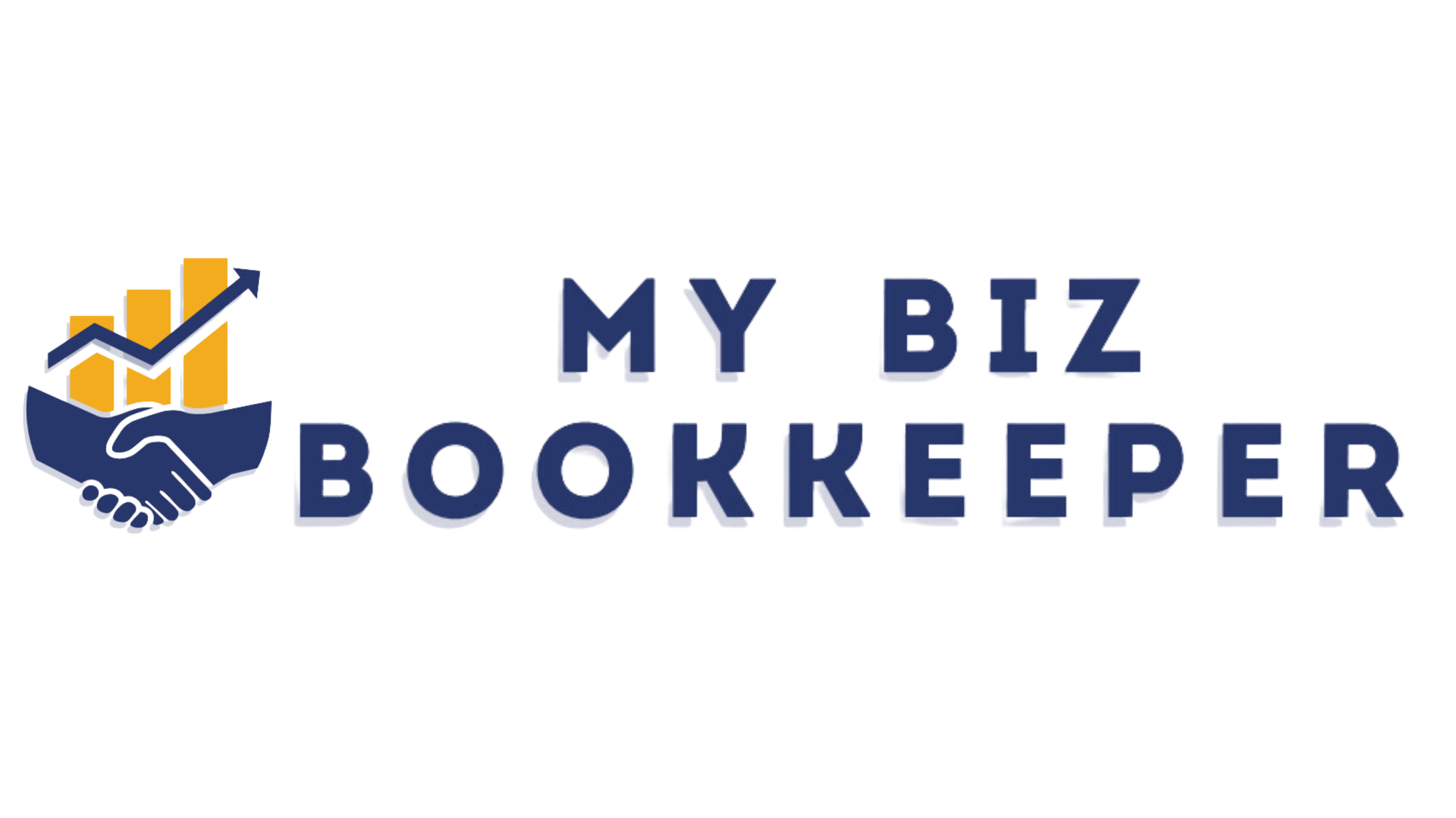Cut Business Costs | Smart Expense Analysis for Better Profits

Find the money leaks in your business before they sink your bottom line!
In today's economic climate, managing operating costs has become more critical than ever for small businesses. With inflation pressures and supply chain disruptions continuing to impact businesses across sectors, having a clear picture of where your money goes isn't just good practice—it's essential for survival and growth.
We've seen firsthand how businesses that maintain detailed financial records are better positioned to identify cost-saving opportunities that others miss. The good news? You don't need to be a financial expert to start making improvements today.
Start Here: Three Quick Wins (Less Than 60 Minutes)
Before diving into a complete expense overhaul, here are three immediate actions that take minimal time but can yield significant benefits:
- Break down your largest expense category (20 minutes)
Take your biggest expense category and divide it into 3-5 more specific subcategories. This simple act often reveals surprising patterns and immediate saving opportunities.
Real-world example: A retail client broke down their "Marketing" category and discovered they were spending $350 monthly on an automated email service they barely used, switching to a simpler option saved $3,200 annually. - Compare this month to the same month last year (15 minutes)
Pull up this month's expenses alongside the same month from last year. Note any category that has increased by more than 10% and circle it for further investigation.
Real-world example: A business owner who did this quick comparison spotted that their processing fees had increased dramatically, leading them to negotiate better rates and save $420 monthly. - Schedule a vendor review (5 minutes)
Choose your top three vendors by spending volume and schedule 15-minute calls to review your current arrangements and ask about available discounts.
Real-world example: One client discovered during a routine vendor call that they qualified for a 15% loyalty discount they weren't receiving, resulting in immediate monthly savings.
The Power of Detailed Expense Analysis
Generic expense categories like "Office Supplies" or "Miscellaneous" might simplify your bookkeeping process, but they hide valuable insights. Breaking down expenses into more specific categories allows you to:
- Identify which specific costs are rising fastest
- Determine which expenses deliver the most value relative to their cost
- Spot redundant services or subscriptions
- Track seasonal patterns that might inform better purchasing decisions
Action step: Review your expense categories quarterly. Are they specific enough to give you actionable insights? Can you tell exactly what you're spending on printer supplies versus cleaning supplies, or are they lumped together?
Creating Meaningful Expense Categories That Work For You
The right categorization system balances detail with usability. Here are approaches that work well for small businesses:
Department-based categorization:
- Track expenses by function (Marketing, Operations, Admin)
- See which areas of your business are costing more than they should
Project-based tracking:
- Assign costs to specific client projects or internal initiatives
- Identify which projects are most profitable
Variable vs. fixed costs:
- Separate expenses that fluctuate with production from those that remain constant
- Understand which costs you can quickly adjust when needed
For most businesses, a combination of these approaches works best. Your bookkeeper can help you develop a customized system that provides the insights you need without creating unnecessary complexity.
Spotting Concerning Trends Before They Hurt Your Bottom Line
Numbers in isolation rarely tell the complete story. The real value comes from comparing expenses over time:
Monthly comparison review (15 minutes each month):
- Look for sudden spikes in specific cost categories
- Investigate anything that increased by more than 10%
Quarterly trend analysis (30 minutes each quarter):
- Compare with the same quarter last year to account for seasonal variations
- Calculate expenses as a percentage of revenue to see if costs are rising faster than income
Annual expense audit (2 hours once a year):
- Evaluate every recurring expense to determine if it still provides value
- Look for alternatives to your top five expense categories
When reviewing these comparisons, look beyond the obvious. A 5% increase in a major expense category might seem modest, but if it continues for several quarters without corresponding revenue growth, it signals a trend that needs addressing.
Vendor Payment Optimization That Saves Real Money
Your payment practices can significantly impact your bottom line. A professional bookkeeper can help you:
- Identify early payment discounts you might be missing
- Consolidate vendors to qualify for volume pricing
- Optimize payment timing to maximize cash flow while maintaining vendor relationships
- Track contract renewal dates to prevent automatic renewals of services you no longer need
Real-world example: One of our clients discovered they were using three different software subscriptions with overlapping functionality. By consolidating to a single platform, they saved $7,200 annually while actually improving their team's workflow.
Negotiating with Vendors Using Your Financial Data
When approaching vendor negotiations, detailed financial records give you leverage:
- Usage data: Show exactly how much of a service or product you use
- Spending history: Demonstrate your value as a long-term customer
- Market comparisons: Present competitive alternatives backed by real numbers
- Budget constraints: Justify your position with concrete financial limitations
Remember that successful negotiation isn't about demanding the lowest possible price—it's about finding mutually beneficial arrangements. Your financial data helps you propose solutions that work for both parties.
Beyond Cost Savings: Better Business Decisions
Implementing even a few of these expense analysis strategies won't just cut costs—it will transform how you make decisions:
- More accurate pricing based on true costs
- Clearer understanding of which products or services are most profitable
- Better forecasting for future cash flow needs
- Easier access to financing with organized financial records
Most importantly, better expense tracking means you can focus your limited resources on the activities that actually drive growth rather than those that merely consume cash.
Your Expense Management Checklist (Priority Order)
✓ Break down your largest expense category into subcategories
✓ Compare current expenses to the same period last year
✓ Schedule reviews with your top three vendors
✓ Implement a consistent expense categorization system
✓ Set up monthly 15-minute expense review routine
✓ Create quarterly comparison reports
✓ Track contract renewal dates for all vendors
✓ Consolidate redundant services and subscriptions
✓ Negotiate better terms with data-backed requests
✓ Document your expense management process
Next Steps: Turning Insights into Action
Having better financial data is only valuable if you use it. Here's how to transform these insights into tangible cost savings:
- Choose the first three items from the checklist above to implement this month
- Schedule a 30-minute review with your bookkeeper to discuss expense categories
- Set calendar reminders for your monthly and quarterly expense reviews
- Document the results of your cost-saving initiatives to celebrate your wins
We partner with you to not just record financial transactions but to interpret them in ways that improve your business's financial health.
Ready to uncover hidden saving opportunities in your business? Contact us today to schedule a detailed expense analysis session.
📞 Call: (214) 306-7850 📧 Email: hello@mybizbookkeeper.com
My Biz Bookkeeper provides bookkeeping and financial organization services for small businesses. This information is not intended as financial advice. Please consult with your financial professional for advice specific to your situation.





